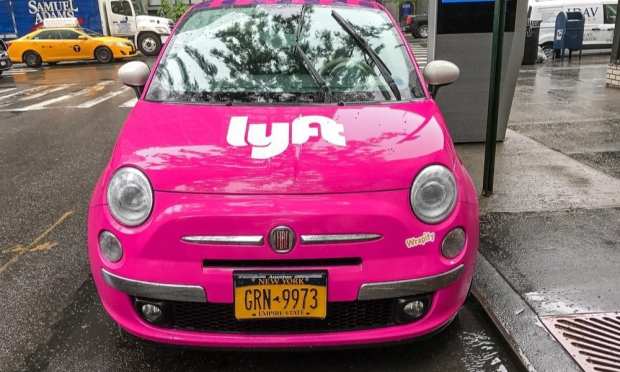A Year After Lyft’s Billionth Ride, The Industry Weathers Big Challenges

Optimism can be so fleeting and fragile, especially when it comes to revenue, growth and profit. That’s one lesson to consider today in reading coverage from a year ago, when Lyft was celebrating its billionth provided ride.
The story for the ride-hailing operation back then was about moving into new markets — not only new geographies but newer forms of transportation such as scooters — and having all that action fuel continued growth. The story now, at least over the past few weeks, has been of investor disappointment and pushback from lawmakers on the business model central to the Lyft (and Uber) proposition.
Multiple Woes
Early in September, in fact, shares of both Lyft and Uber hit their lowest levels to date. Both companies have struggled since their respective initial public offerings (IPOs) earlier this year, with both trading more than 30 percent below their IPO prices. For the second quarter of 2019, Uber reported a net loss of $5.24 billion, while Lyft lost $644.2 million.
That not all that’s worrying Lyft and its bigger rival as autumn looms. About a year and a half after a state Supreme Court decision that brought the issue to the forefront of legislators’ attention, the California Senate voted to approve Assembly Bill 5 on Sept. 10 — and in so doing has very possibly changed the course of the gig economy forever.
The bill, which passed the state’s General Assembly in early June, codifies a new three-tiered test to determine when a worker is more appropriately categorized as an independent contractor versus when they ought to be classified as an employee with all the standard benefits and protections. The basic structure agreed to by both the California State Senate and GA creates three barriers a worker must clear to be considered a contractor, not an employee.
Even so, much remains up in the air. Massachusetts, Virginia and New Jersey all have tests codified into law that are similar to California’s, but Uber and Lyft drivers remain classified as independent contractors in those states. According to Catherine Ruckelshaus, general counsel of the National Employment Law Project, drivers in those states should be classified as employees, but via the use of arbitration agreements with workers gig economy firms have made enforcement difficult.
And Uber, for its part, is mounting an aggressive campaign against the California law and its concepts. “Contrary to some of the rhetoric we’ve heard, AB5 does not automatically reclassify any rideshare drivers from independent contractors to employees,” Tony West, Uber’s chief legal officer, said in a call with reporters following passage of the legislation, The Wall Street Journal recently reported. “AB5 does not provide drivers with benefits, nor does it give drivers the right to organize. In fact, the bill currently says nothing about rideshare drivers.” Despite having minimal worker costs and being back by billions in investments, Uber and its competitor Lyft are each losing millions, after all. Both companies want to be exempt from the proposed new law.
Lawmakers in California had expected such pushback added enforcement measures to the bill that would empower some district attorneys to crack down on noncompliance. Companies would likely pass the cost burden onto consumers, which could lead to a possible 30 percent price hike for rides, analysts are forecasting.
Lyft Moves
As that political and legal drama unfolds, Lyft continues to try to dig in hard in the ride-hailing and mobility space, seeking to stand apart from its bigger and more ambitious rival.
Lyft CFO Brian Roberts recently said the company has been able to institute pricing increases in a few select markets, beginning in June. Lyft said its guidance for sales and marketing was coming down a full 800 basis points, which speaks volumes to a ride-hailing landscape that is becoming more rational. For Lyft, the strategy crystalizes along transport, and management has said that revenue per active rider remains a key driver of results. New use cases may emerge with, say, uptake in using Lyft for non-emergency medical transportation.
During the Q2 earning conference call, Lyft CEO Logan Green said that “for more and more of our riders, Lyft is becoming a bigger part of how they get from point A to point B,” spanning “shared saver rides” and bikes and scooters. On this last front, he said, scooters are live in 16 markets. The company’s transport focus also is evident from commentary that it is putting more effort into Lyft Business, and on the strategy that the end-user may change but the needs are the same.
It’s not all doom and gloom, of course, a year after that billionth ride mark. But the industry — and investor expectations of the main operators — is a work in progress, and you can expect more big developments in the coming months and years.
